Yonghyeon National Recreational Forest (국립 용현자연휴양림)
16.4Km 29151 2020-08-26
339, Maaesamjonbul-gil, Seosan-si, Chungcheongnam-do
+82-41-664-1978
Yonghyeon National Recreational Forest is situated in the heart of Yonghyeon Valley between the ridges of Gayasan Mountain around Seongmunbong Peak (alt. 678 m). The forest boasts splendid natural landscape. A hiking trail and loop trail through the forest are established along the ridges of the mountain and connect to the road leading to Seosan Farm, so hiking and walking are convenient and one can get a great view of the Yellow Sea in the distance. The valley waters are particularly clean and clear, and the forest features dense groves of oak trees. There are group accommodation facilities and forest education classes. For an educational and cultural excursion, visitors can also learn about the later Baekje period in a nearby education facility.
Yedang Reservoir (예당저수지(예당관광지))
16.8Km 27858 2024-06-04
Deungchon-ri, Eungbong-myeon, Yesan-gun, Chungcheongnam-do
+82-41-339-8285
Yedang Reservoir is a popular attraction that represents Yesan in Chungcheongnam-do. Main facilities include a monorail, suspension bridge, sculpture park, and campground, as well as restaurants, accommodations, and convenience facilities. There are also various themed walking trail and parking lots. Many people visit to see the Golden Tree, a tree that takes on a golden hue at sunset.
Yedangho Suspension Bridge & Musical Fountain (예당호 출렁다리(음악분수))
16.8Km 359 2021-02-10
161, Yedanggwangwang-ro, Yesan-gun, Chungcheongnam-do
+82-41-339-8282
Yedangho Suspension Bridge opened on April 6, 2019 as the longest suspension bridge in Korea with the length of 402 meters. With the addition of Slow Lake Road in October of the same year, visitors can now enjoy the beautiful scenery even more. There is a sculpture park around the lake, standing in harmony with the white suspension bridge.
A grand musical fountain was installed on April 25, 2020. The fountain is the widest in the nation, and shoots jets of water up 110 meters into the air. The fountain show lasts for 20 minutes, and uses bightly colored LED lights for an exciting performance.
Oseosan National Recreational Forest (국립 오서산자연휴양림)
17.5Km 11305 2022-07-22
531, Oseosan-gil, Boryeong-si, Chungcheongnam-do
+82-41-936-5465
Oseosan National Recreational Forest was opened on September 22, 2001 around Myeongdaegyegok Valley in Boryeong-si, Chungcheongnam-do. The area is separated from the city area, making it perfect for peaceful retreats into nature. There is a training center and many walking paths through the forest. The trail leading to the summit of Oseosan Mountain is popular among families and couples for its view of the sunset.
Birth Home of Queen Jeongsun (정순왕후생가)
17.5Km 26382 2024-02-22
39 Handari-gil, Eumam-myeon, Seosan-si, Chungcheongnam-do
Birth Home of Queen Jeongsun is the house where Queen Jeongsun (1745-1805), the queen consort of King Yeongjo (1694-1776), the 21st monarch of the Joseon dynasty (1392-1897), lived until she became queen in 1759. It is estimated to have been built in the 17th century and features the architectural characteristics of hanok, with its distinctive "ㅁ" shape and tiled roof.
Gyeam House
17.5Km 8410 2021-04-09
45, Handari-gil, Eumam-myeon, Seosan-si, Chungcheongnam-do
+82-41-688-1182, +82-10-2376-8273, +82-10-3045-8273
The House of Kim Gi-hyeon (Gyeam Historic House, National Folklore Cultural Heritage 199) is a hanok with over 100 years of history that was established by renovating a nobleman’s house dating from the nineteenth century and equipping it with modern facilities. The Gyeongju Kim clan has lived in the Seosan area, a fertile stretch of land in the middle of the west coast region, for over 600 years. The house has been open to the public since 2010, and attracts many Korean and foreign guests.
The owner renovated the old house by installing a modern bathroom, sink, kitchen and air-conditioning and filling it with antique furniture, and transformed it into a clean and pleasant tourist accommodation with high-class bedding in order to avoid the stereotype about hanok being uncomfortable. In particular, the kitchen has been transformed into a modern facility where guests can enjoy a cup of tea or a meal. The house is also packed with charming features including a small old well equipped with a pump, a wood-burning stove with an iron pot, and a platform for crocks of sauces and condiments.
The House of Kim Gi-hyeon is home to the small Wadang (Roof Tile) Museum, which contains a collection of roof tiles ranging from the Goryeo Dynasty to the Joseon Dynasty. The friendly owners also run a ‘Wadang Rubbing Experience’ program that is popular among foreign tourists and students alike, and strive to provide all their guests with comfort and relaxation and share pleasant moments with them.
The house’s courtyard reflects the beauty of each season, including flower blossoms in spring, colorful leaves in autumn, and a snowy landscape in winter.
Daeheung Sikdang (대흥식당)
17.7Km 0 2024-02-21
37-1, Sudeoksaan-gil, Deoksan-myeon, Yesan-gun, Chungcheongnam-do
Daeheung Sikdang is an old restaurant that serves great sanchae (wild vegetables) cuisine at the entrance to Sudeoksa Temple, a famous Buddhist temple in Korea. Its signature menu is the dolsot deodeok jeongsik (hot stone pot rice and deodeok set menu), featuring fragrant deodeok and wild vegetable dishes prepared with care. There are other menus on offer, such as beoseot pajeon (mushroom and green onion pancake), ureong chomuchim (sweet and sour freshwater snail salad), dotori bindaetteok (acorn and mung bean pancake), dotorimuk (acorn jelly salad), and sundubu (soft bean curd). Side dishes include jogi gui (grilled yellow croaker), ori barbecue (duck barbecue), and doenjangguk (soybean paste soup).
Seosan Ganworam Hermitage (간월암(서산))
18.4Km 55318 2023-01-02
119-29, Ganwoldo 1-gil, Seosan-si, Chungcheongnam-do
+82-41-668-6624
Ganworam is a small hermitage located in Ganwoldo-ri in Seosan-si, Chungcheongnam-do. Ganworam Hermitage was created by the Great Monk Muhak, the monk to King Taejo of the Joseon dynasty. The name of the hermitage is directly tied with Muhak himself as it is said Muhak became enlightened while meditating under the moon (wol means moon in Korean) at this hermitage. At low tide, Ganworam Hermitage is connected to shore via a natural walkway, but at high tide, the walkway is submerged and the hermitage becomes an island. At night time, in particular, the hermitage and its surrounding islets create a breathtaking view as the moonlight reflects off the sea.
Rock-carved Buddha Triad in Yonghyeon-ri, Seosan (서산 용현리 마애여래삼존상)
18.8Km 37513 2020-03-27
65-13, Maaesamjonbul-gil, Seosan-si, Chungcheongnam-do
+82-41-660-2538
Seosan Maaesamjonbul (Rock-Carved Buddha Triad) is carved into a huge rock
cliff at the entrance to Bowonsa Temple at Gayasan Mountain. The Rock-Carved
Buddha was discovered in 1958, and is considered the oldest and one of the most
outstanding Buddha rock carvings in Korea.
Standing Buddha stands in
the center, the cross-legged Buddha is to the right, and Standing Bodhisattva
is on the left. The main Buddha, Yearaeipsang (Standing Buddha) is 2.8m high.
All sculptures carved in the middle of Baekje (6th century) are called
"Baekje's Smile," named for their trademark bright smiles. The appearance
of the smile changes depending on the direction of the sunlight, so these statues
were designated as National Treasure No. 84. The best time to see the smile
is from 9-11 a.m.
The location, an important site along a key transportation
route from China to Baekje, is on the way to Buyeo from the Taean peninsula.
The masterful work represents the active interchange of culture with China during
that time period.
Cheongyang Daracgol Julmudeom Holy Site (청양 다락골 줄무덤 성지)
19.1Km 8051 2020-06-25
78-6, Darakgol-gil, Cheongyang-gun, Chungcheongnam-do
+82-41-943-8123
Julmudeom refers to the unmarked graves of anonymous Catholic martyrs in Darakgol, Cheongyang in Chungcheongnam-do. Darakgol is also the birthplace of St. Choi Gyeong-hwan and Choi Yang-eop (the second Catholic priest in Korea) was also martyred in Gwacheon, Gyeonggi-do. Because the grave is of more than one individual, it was given the name Julmudeom (group graveyard).
Although the exact number of martyrs and their exact cause of death is unknown, they were buried by family resulting in the 37 mounds in three sections. In 1982, Cheongyang Cathedral established monuments to commemorate the unidentified martyrs, and Julmudeom became a well-known site for Catholic pilgrimages. In 1986, the remains of St. Choi Gyeong-hwan Francisco were relocated to the Jeoldusan Martyrs’ Shrine reducing the total number of mounds at Julmudeom to 36.
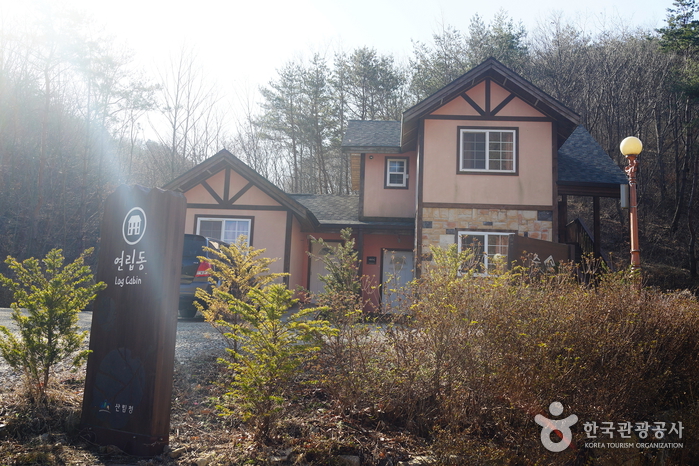
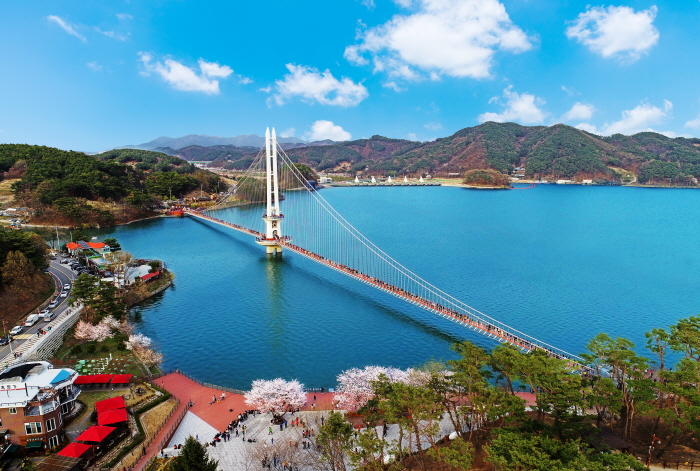
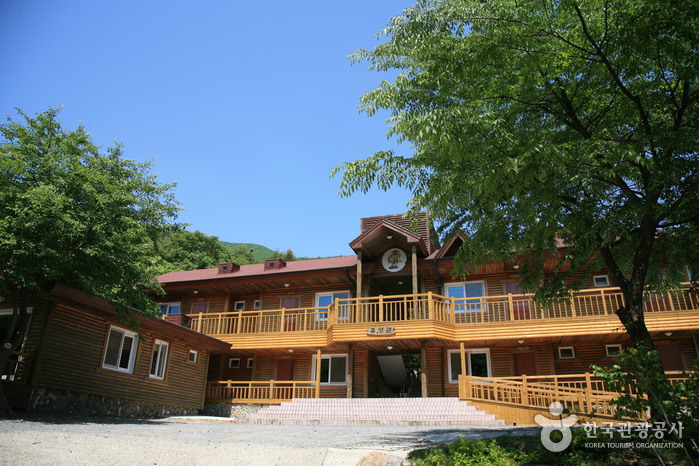
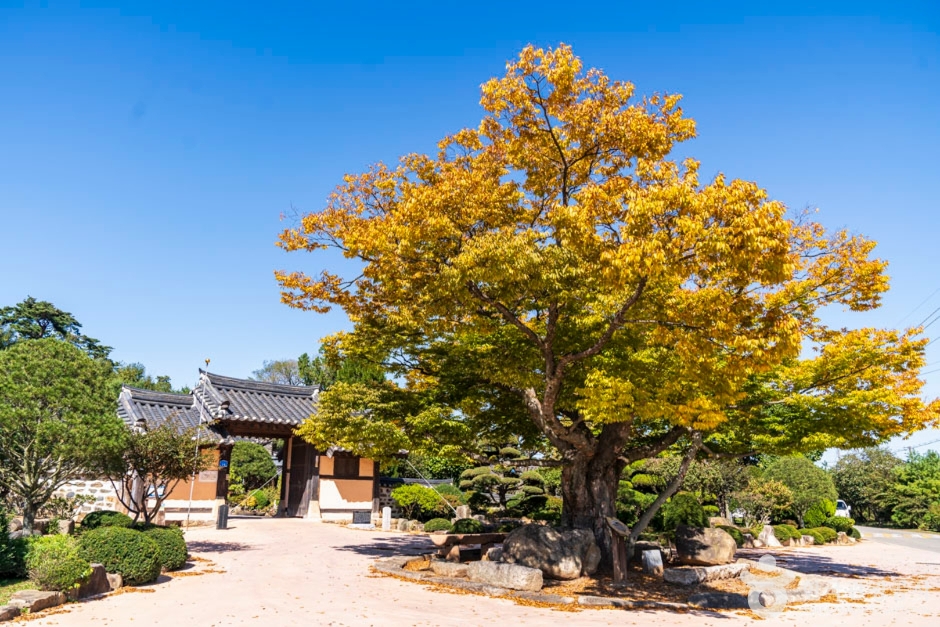
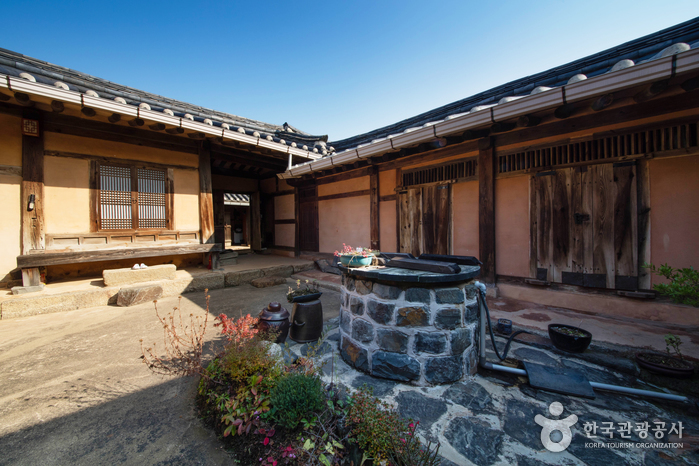

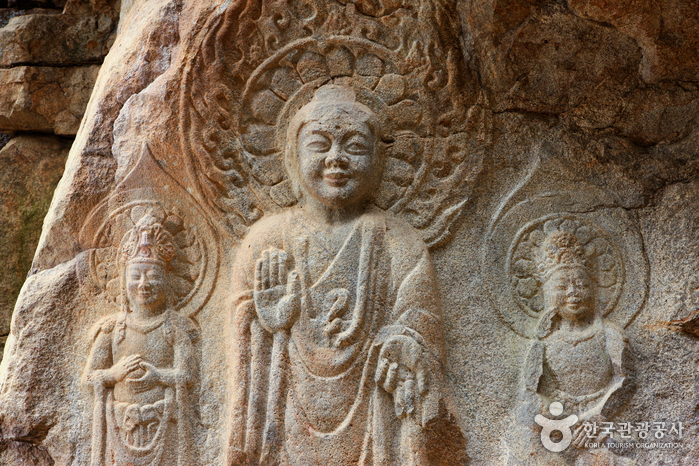
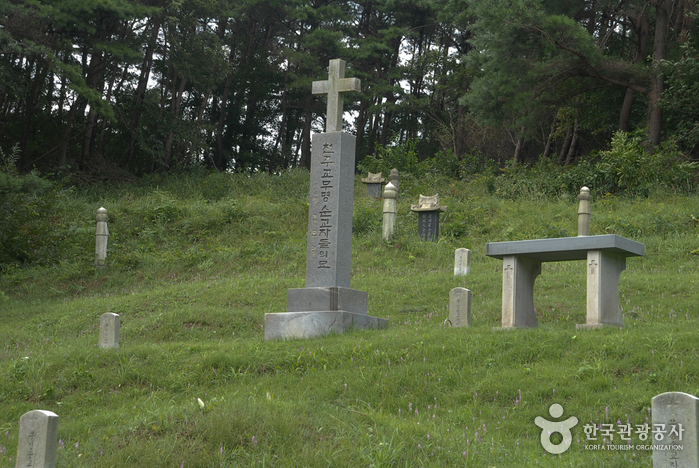
 English
English
 한국어
한국어 日本語
日本語 中文(简体)
中文(简体) Deutsch
Deutsch Français
Français Español
Español Русский
Русский